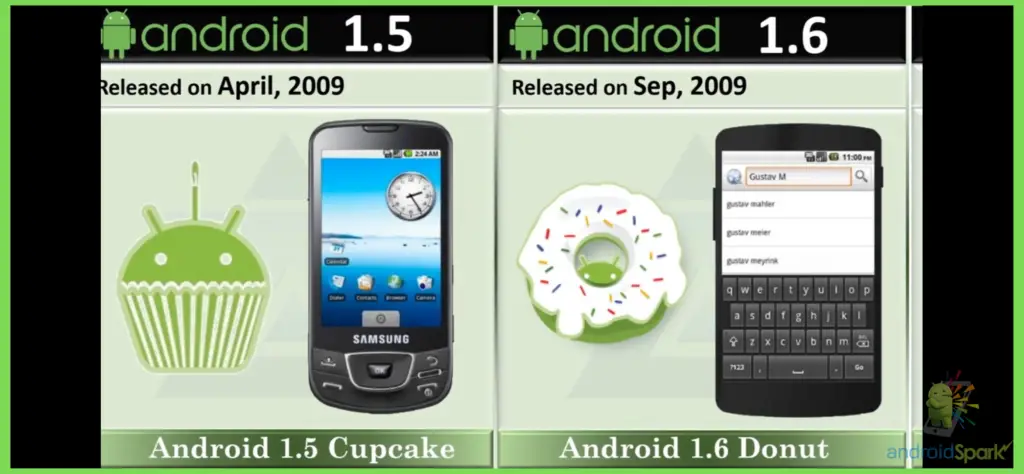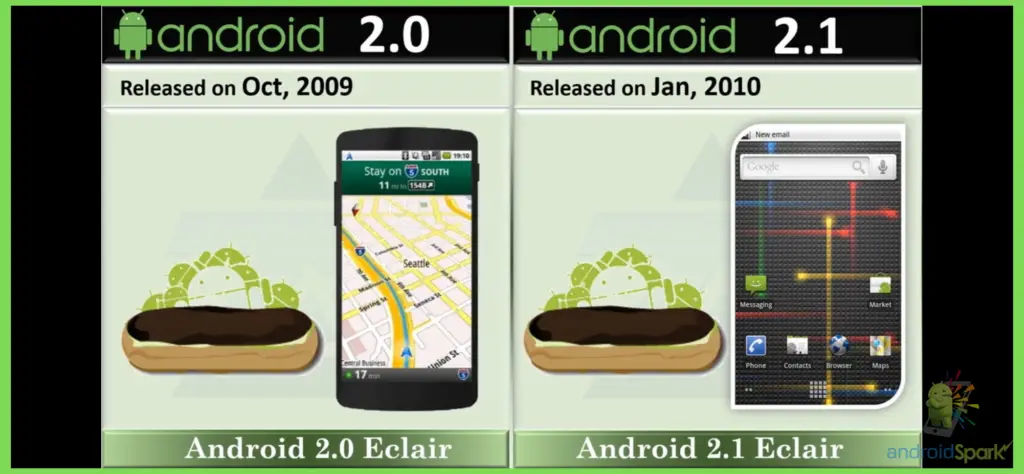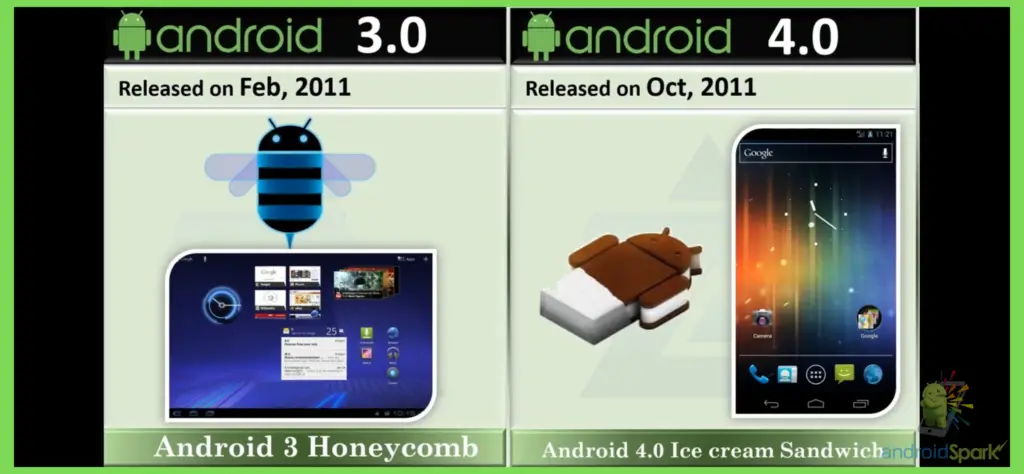Android has not gained popularity and reliability in the market overnight. They have had to make a change in their initial plans to stay up to date with the market. And it is not the end of Android history and evolution! After all, they have also worked with different OS versions to provide the best deal today.
Since their foundation in 2003, they have worked solo up until 2004. But in 2005, Google came knocking. Why so? Let’s get to know!
What is the History of Android?
Android started its journey in Palo Alto, California, in the year 2003. At that time, the startup was known as Android Inc., and four developers established this company.
In a recent interview, one of the founders, Andy Rubin, shared that they wanted to make Android software only for cameras. They had the vision to create an operating system (OS) that would help to store photos and video in a camera.
However, while contacting investors, they did not find that much financial support. And in 2003, not many consumers were fond of cameras. Therefore, they shifted to the mobile industry.
At that time, Blackberry and Windows phones were ruling the industry. So, to stand out, Android Inc. revolutionized operating software sourcing. Whereas other competitors were charging to source their OS, Android offered free or open-source coding.
In the year of 2005, Google acquired Android Inc. Since then, Google has been developing and marketing the Android OS versions to handset and gadget manufacturers.
In 2010, Android released its Nexus series devices. And it has earned fame in the marketplaces.
The Evolution of Android OS Versions
Android did not stick to one version of its software. Rather, the Google team has developed different versions of OS with varieties of features and security patches. Here is a brief review of their older OS evolution:
- Android 1: In 2008 they officially launched Android 1.0 OS with limited features and apps. It included only browsers, Youtube, Google Maps, and other company-related services.
- Android 1.5 Cupcake: Launched in April 2009, cupcake featured the function to upload a video to Youtube. Users could rotate their screen in this OS. Also, Android permitted third-party keyboards to function on their platform.

- Android 1.6 Donut: In September 2009, Google released Donut OS. It was the first one to feature a quick search box. Users could also quickly switch between the Camera and the recorder.
- Android 2.0 Eclair: Came into the market in October 2009. It featured zoom-in and out technology. Also, offered time traffic information.

- Android 2.2 Froyo: The developer launched it in 2010 with voice commands and support for the browser
- Android 2.3 Gingerbread: It also came on the market in 2010. Its UI combined black and green colors
- Android 3 to 3.2 Honeycomb: Released in 2011, it was mainly for tablets. It featured a holographic design in the UI.

- Android 4 to 4.4: In 2011, 2012, and 2013, these versions came respectively. Google updated them with Google Now and lighter UI colors.
These software versions hardly included any high-end features. But all the OS from 2014 to date has increased productivity features. Newly previewed Android 14 might include better support for cloned apps and satellite connectivity.
However, it is still unstable. For a better insight into them, feel free to watch it:
Android OS has evolved so much that they are not limited to phones only. Smartwatches, TV, fridge, and some digital gadgets support Android software.
Conclusion
Once you explore the Android history and evolution, you will understand that their team has been working on the OS since 2003. And to date, they have not stopped releasing new updates for the software!
In fact, it helps them to gain customer loyalty and compete with their contemporaries. If you want to get the best user experience, I’d suggest relying on Android 11 and later.






 (2 votes, average: 4.50 out of 5)
(2 votes, average: 4.50 out of 5)